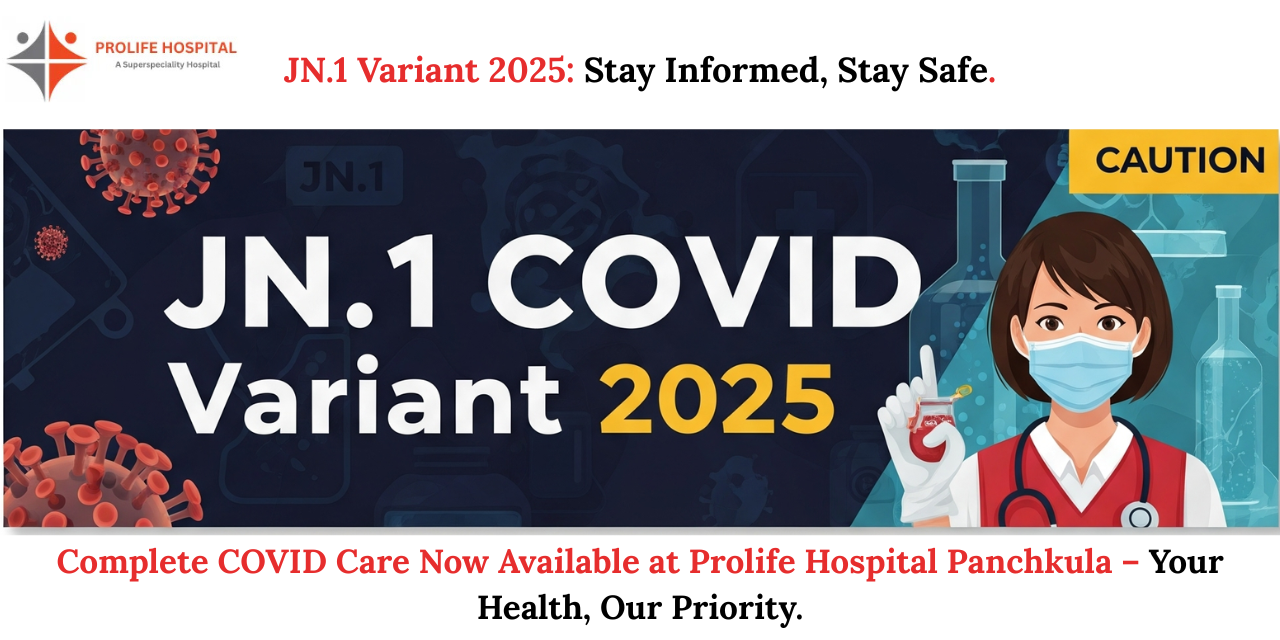Glaucoma is a serious eye condition that can lead to irreversible vision loss if not detected and treated early. Often referred to as the “silent thief of sight,” glaucoma is characterized by increased intraocular pressure (IOP) that damages the optic nerve. This damage can lead to vision loss or blindness. Understanding the early signs and symptoms of glaucoma is crucial for timely diagnosis and treatment. This article will guide you through the early warning signs you shouldn’t ignore.
What is Glaucoma?
Glaucoma encompasses a group of eye conditions that damage the optic nerve, often due to elevated intraocular pressure. The most common type is primary open-angle glaucoma, which develops slowly and usually without noticeable symptoms until significant damage has occurred. Other types include angle-closure glaucoma and normal-tension glaucoma, each with its own distinct characteristics.
Early Warning Signs of Glaucoma
1. Gradual Loss of Peripheral Vision
One of the earliest and most common signs of glaucoma is the gradual loss of peripheral vision. You may not notice this change immediately, as it occurs slowly over time. Peripheral vision loss often feels like you’re losing sight from the edges of your vision, and it can be mistaken for natural aging changes. Regular eye exams are essential to detect this subtle change.
2. Tunnel Vision
As glaucoma progresses, you may experience tunnel vision, where your field of vision becomes narrow and confined. This is a more advanced symptom and usually indicates that the disease has been present for some time. Tunnel vision can significantly impact daily activities and should prompt an immediate visit to an eye care professional.
3. Blurry Vision
Blurry vision can be a symptom of several eye conditions, including glaucoma. If you notice that your vision is becoming blurry, particularly if it occurs suddenly or affects one eye, it is essential to consult an eye doctor. This symptom could indicate acute angle-closure glaucoma, a condition that requires immediate medical attention.
4. Halos Around Lights
Seeing halos or rainbow-coloured rings around lights, especially at night, can be an early indicator of glaucoma. This symptom often occurs in angle-closure glaucoma, where the pressure in the eye increases rapidly. If you notice this symptom, seek professional evaluation promptly.
5. Eye Pain or Discomfort
While many people with glaucoma experience no pain, some types, such as acute angle-closure glaucoma, can cause severe eye pain, headache, or discomfort. This pain is usually accompanied by nausea and vomiting. If you experience these symptoms, it could be a medical emergency, and immediate treatment is required.
6. Redness or Swelling in the Eye
Inflammation, redness, or swelling in the eye may accompany acute glaucoma episodes. If your eye appears unusually red or swollen, and you have other symptoms such as vision changes or pain, it is crucial to seek medical help without delay.
Risk Factors for Glaucoma
Certain factors increase your risk of developing glaucoma, making it essential to be aware of them:
- Age: People over 60 are at higher risk.
- Family History: A family history of glaucoma increases your risk.
- Ethnicity: African Americans, Hispanics, and Asians are at higher risk.
- Medical Conditions: Conditions such as diabetes, high blood pressure, or severe myopia (nearsightedness) can increase risk.
- Eye Injuries: Past eye injuries or surgeries may increase your risk of glaucoma.
Importance of Regular Eye Exams
Routine eye exams are crucial for detecting glaucoma early, especially since the condition often progresses without noticeable symptoms. Comprehensive eye exams typically include:
- Intraocular Pressure Measurement: To check for elevated pressure.
- Optic Nerve Assessment: To evaluate any damage to the optic nerve.
- Visual Field Test: To assess your peripheral vision.
- Gonioscopy: To examine the drainage angle of your eye.
Early detection and management of glaucoma can prevent significant vision loss. If you experience any of the symptoms mentioned or have risk factors for glaucoma, make an appointment with your eye care professional.
Conclusion
Understanding the early signs of glaucoma is vital for preserving your vision and ensuring long-term eye health. Symptoms such as gradual loss of peripheral vision, tunnel vision, blurry vision, halos around lights, and eye pain should be taken seriously and addressed promptly. Regular eye exams are crucial, particularly if you are at higher risk for developing glaucoma.
For comprehensive eye care and expert evaluation, consider visiting Dr. Neeraj Gupta at Dr. Bakshi Gupta’s Eye Center, recognized as the best eye centre in Panchkula. With a commitment to advanced diagnostic techniques and personalized treatment plans, Dr. Gupta and his team are dedicated to providing top-quality care to help manage and prevent glaucoma effectively. Don’t wait for symptoms to progress—schedule your appointment today to safeguard your vision and maintain optimal eye health. To get more information please contact us on : 01722596395













